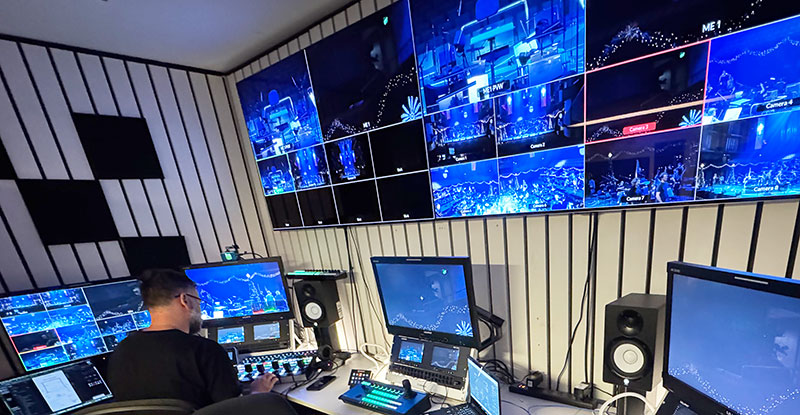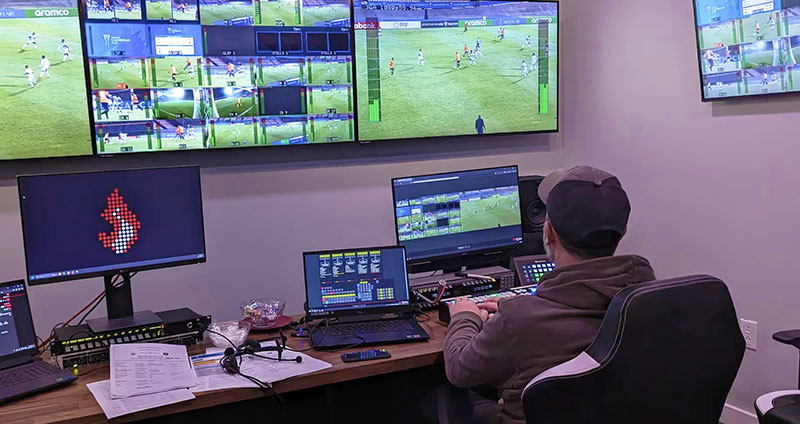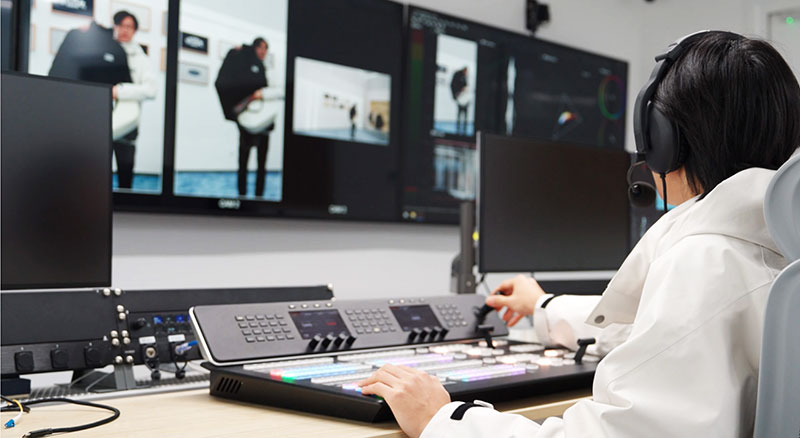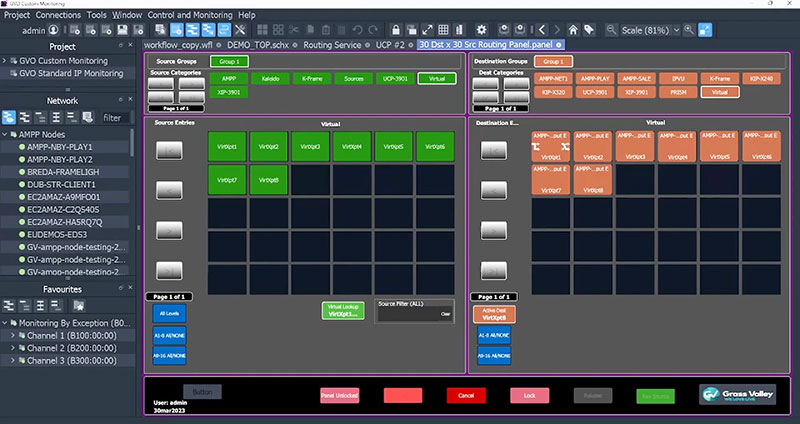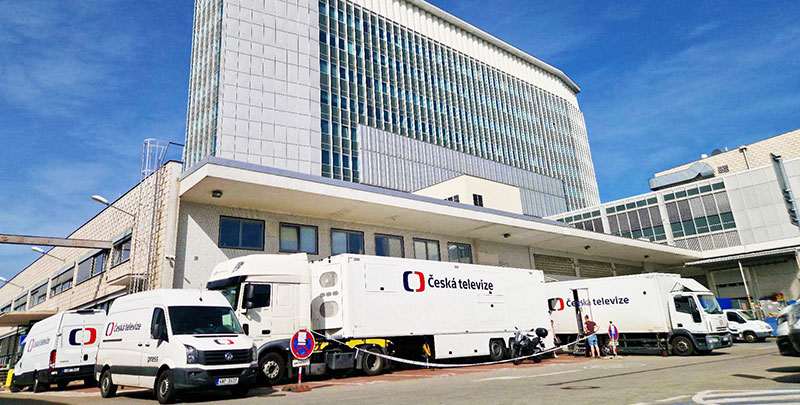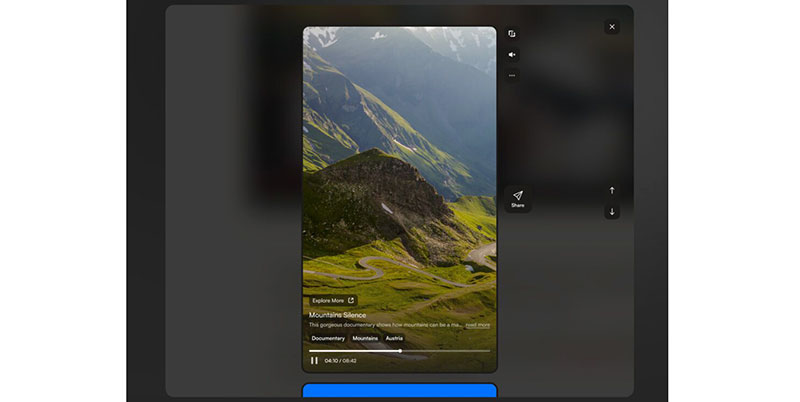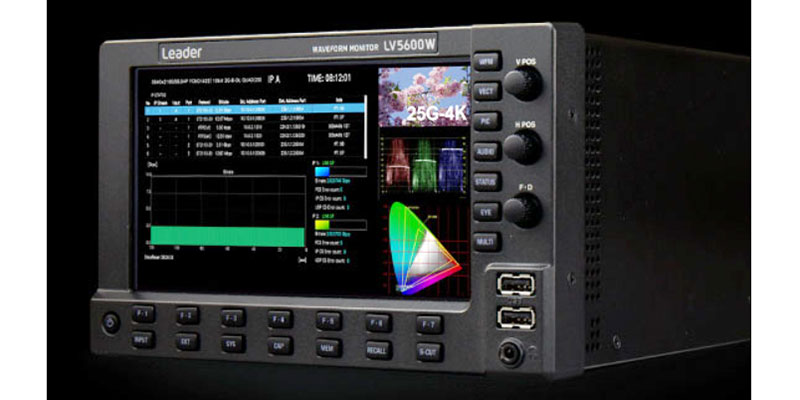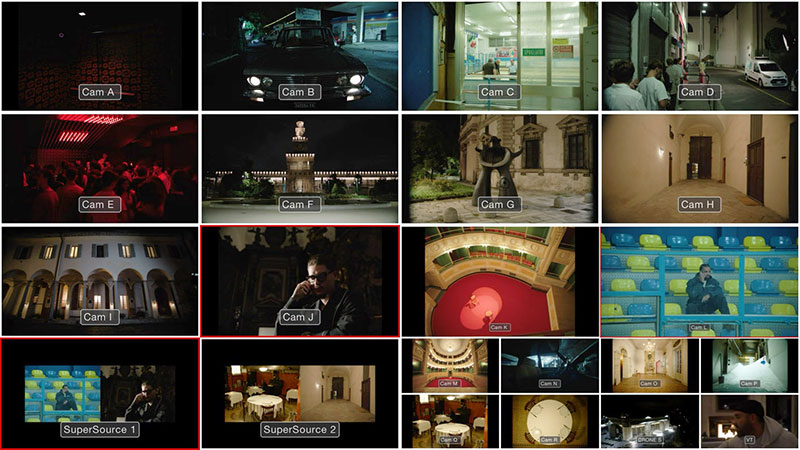Media Prima uses Broadpeak’s dynamic ad insertion SaaS to support revenue for its live OTT service Tonton, integrated into the Switch Media content management and player platform.
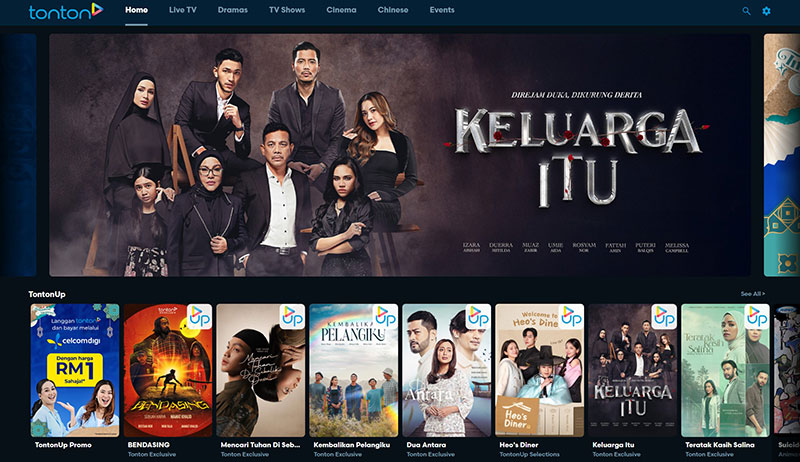
Broadpeak has formed a partnership with Media Prima Berhad, Malaysia’s primary media company, who are using Broadpeak’s server-side ad insertion (SSAI) service to support its OTT revenue. More specifically, Media Prima utilizes Broadpeak’s dynamic ad insertion software, via the broadpeak.io SaaS platform, to monetize its OTT service Tonton. A fast-growing live streaming platform, Tonton delivers a variety of local and exclusive live content, including the popular full-time channel, TV3.
Gregory Eu, Head of Product of Tonton, Media Prima, said, “We were looking for a partner to help us with OTT monetization capabilities during this period of growth and change. Using Broadpeak’s dynamic ad insertion service means we can increase revenue potential while keeping the scale and flexibility we need as a nimble organization, looking for opportunities.
“Tonton carries Malaysia’s leading channels, where advertising inventory has a high value and users expect smooth, precise ad experiences. We’re excited about continuing to open new revenue streams while growing our nation’s favourite streaming service.”
Dynamic Approach
A number of Tonton’s live streaming channels have now adopted broadpeak.io’s SSAI. The main advantages include improved viewing experiences due to smoother transitions between content and advertisements, more reliable ad delivery and greater support for dynamic ad personalization across a viewer’s devices.
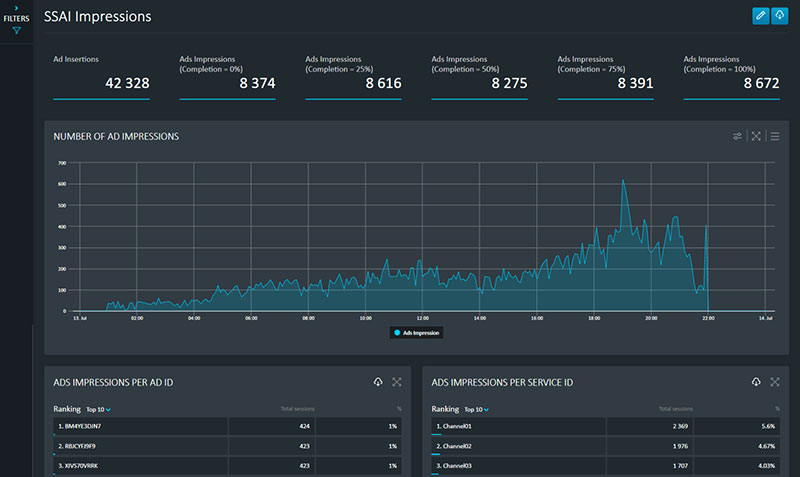
SSAI inserts ads into video content on the server side, avoiding problems like latency and ad-blocking related to relying on the device or browser as the point of insertion. Targeted ads can be smoothly stitched in advance, enhancing the viewing experience. Dynamic Ad Insertion goes a step further, inserting or replacing ads in video streams dynamically and targeting them on the fly per audience or per user.
A dynamic approach opens a certain potential. For instance, Tonton can use its presence in local areas to increase and improve the relevance of its services, and find new business opportunities by selling digital inventory at the spot level – that is, for immediate delivery. Ads can become interactive in response to different users.
Player and Content Management Integration
Supporting these improvements to Tonton’s subscriber experiences, the service uses Switch Media’s MediaHQ video player, content management and application software, delivered via an integration with Broadpeak, and a further integration with the SpringServe ad serving tools platform, a Broadpeak technology partner.
Switch Media’s role in Tonton’s OTT service is foundational - as well as running content management and video playback, MediaHQ platform maintains a consistent user experience across multiple devices. With MediaHQ’s flexible modular architecture, Tonton can simplify its video workflows – from ingest and media management to content distribution and analytics – which in turn makes it simpler to ensure the quality of delivery of both live and on-demand content. This integration allows Media Prima to manage and scale its OTT services efficiently, while remaining focussed on the viewing experience.

Mark Johns, CEO of Switch Media, said, "Through our MediaHQ platform, we’ve enabled a scalable, efficient content workflow that enhances the viewing experience while supporting direct ad integration. It’s exciting to see Tonton continue to grow as Malaysia’s premier streaming service, and we look forward to further innovation together."
Jacques Le Mancq, President and CEO of Broadpeak, said, “It’s fantastic to work with providers like Media Prima Berhad who have a clear vision for growth. Media Prima Berhad is adopting flexible monetization and agile SaaS technologies as the way to assure Tonton’s position as a national favourite streaming service. We’re also delighted to see our technology partnership with Switch Media enabling seamless market deployment and fast results for our joint customer base across the region.”
Following a rapid time to market, incorporating flexibility and ease-of-use, broadpeak.io’s scalable SaaS SSAI solution is coping with unpredictable traffic peaks without the need for additional servers. www.broadpeak.tv




